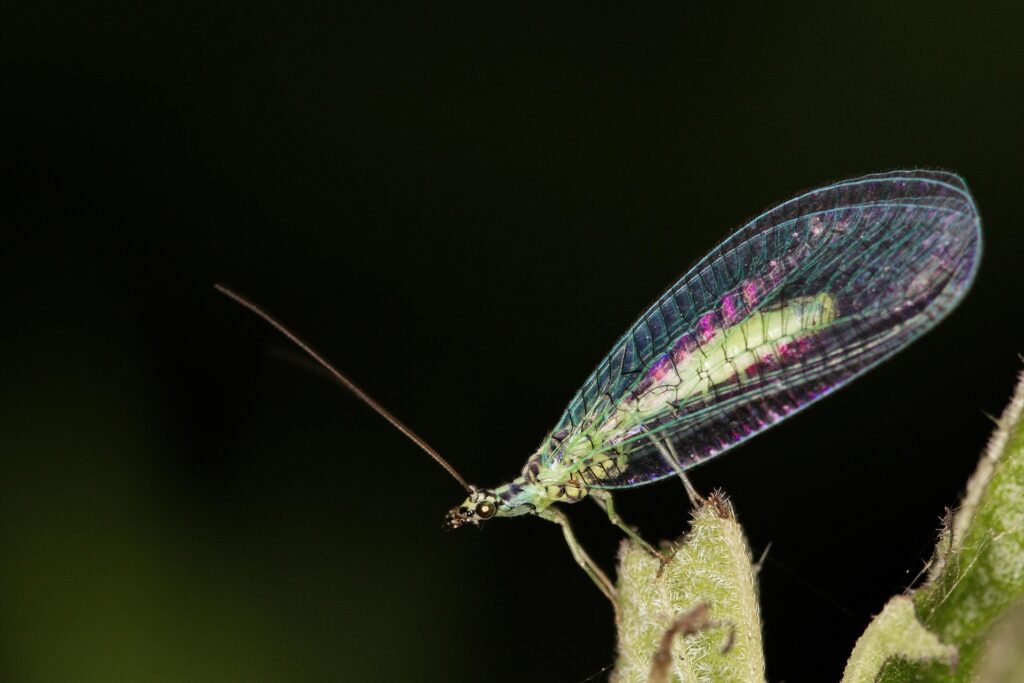In the animal kingdom, it is hard to find an animal that is quite as tenacious as the ant. Even after conducting a deep clean of your kitchen, it is possible for ants to return in search of food and water. In order to get rid of ants, you need to adopt a comprehensive pest control approach, focusing not only on your home, but on surrounding ant colonies that my been your yard as well.
Why You Have Ants in the Kitchen
Unlike family members, friends or neighbors, ants do not visit your kitchen in order to check out your new countertops or stainless steel fridge. When it comes to the kitchen, ants are there for two reasons: food and water. Because ants have powerful odor receptors, they are highly adept at detecting food sources. Imagine living next to a bakery and being tantalized by freshly baked bread. For ants, even trace amounts of food can be as enticing as a bakery is to you. Additionally, water can be an attractant as well. If you have a leaky faucet, dripping pipes, or poor drainage, your kitchen could be susceptible to ants or other insects.
What do Ants Eat?
Do you have a sweet tooth, or maybe you prefer something carb-y or cheesy? If the answer is “yes” to any of these, then you’ve got something in common with ants. Sweets (granulated sugar and fruit), protein (meat and dairy), and carbohydrates (baked goods) are all big hits with ants. If you are a big cook or baker, it is important that you wipe down your surfaces and don’t leave any ingredient lying around. Furthermore, because it is possible for ants to contaminate food with E. coli or Salmonella, it is important that you keep food put away and sealed tightly. By practicing proper food storage and kitchen cleanliness, not only are you reducing the chances of ants visiting your kitchen, but you are also reducing your chances of getting a foodborne illness.
How to Get Rid of Kitchen Ants
If you discover ants in your kitchen, you are likely dealing with Argentine ants, pharaoh ants, or odorous house ants. Each of these species is tiny In order to make your kitchen less attractive to ants, you should follow these tips:
-
Make sure opening or cracks around windows and doors are sealed.
-
Clean kitchen surfaces regularly, especially after cooking or eating.
-
Don’t kill the worker ants until you see where they are coming from. These ants are getting food and bringing it back to the colony. By killing them, it will be harder to locate the colony.
-
Remove cat and dog food once your pet has finished eating.
-
Sweep or vacuum your floors regularly in order to get rid of any fallen crumbs.
-
Call a pest control expert to treat your property’s ant colony or colonies.
If you discover ants in your kitchen, there is probably a colony nearby. In order to control ants effectively and efficiently, you need to locate and treat the source. Because ant colonies tend to run deep into the ground, it is extremely difficult to eliminate every ant, especially the queen or queens, on your own. Your best bet is to call a pest control expert such as Aptive Pest Control.
After inspecting your home and property, an Aptive pest specialist will be able to determine the most effective and safest treatment option based on your needs. Aptive’s dedication to customer service and commitment to the environment distinguish us from our competitors. If you have a pest problem that needs controlling, call Aptive Pest Control today.









